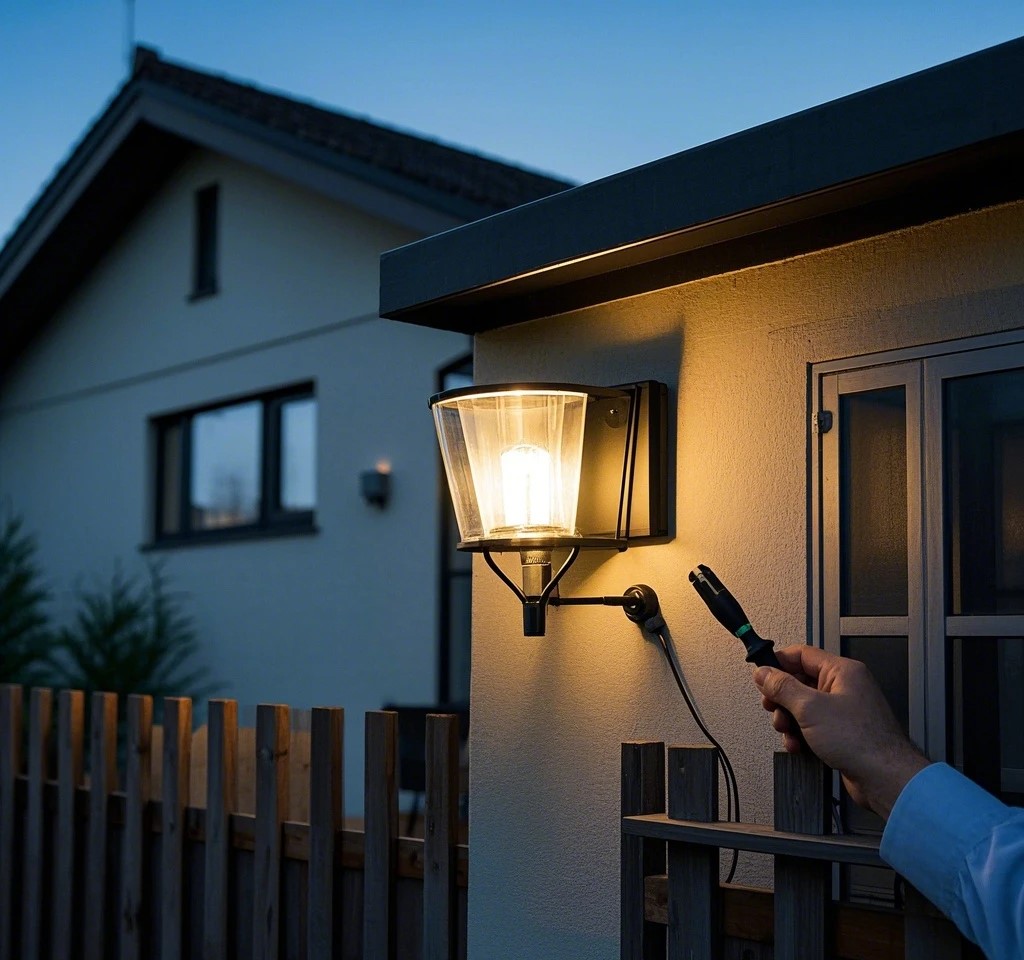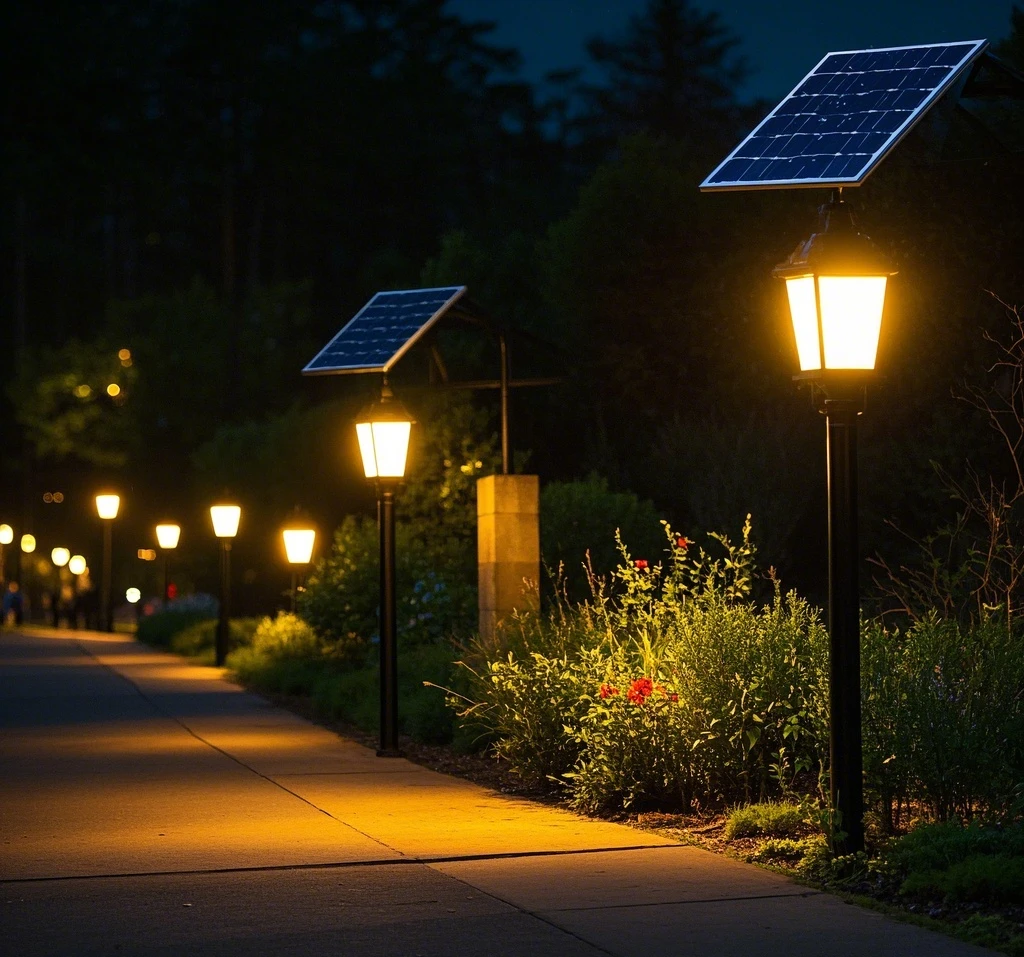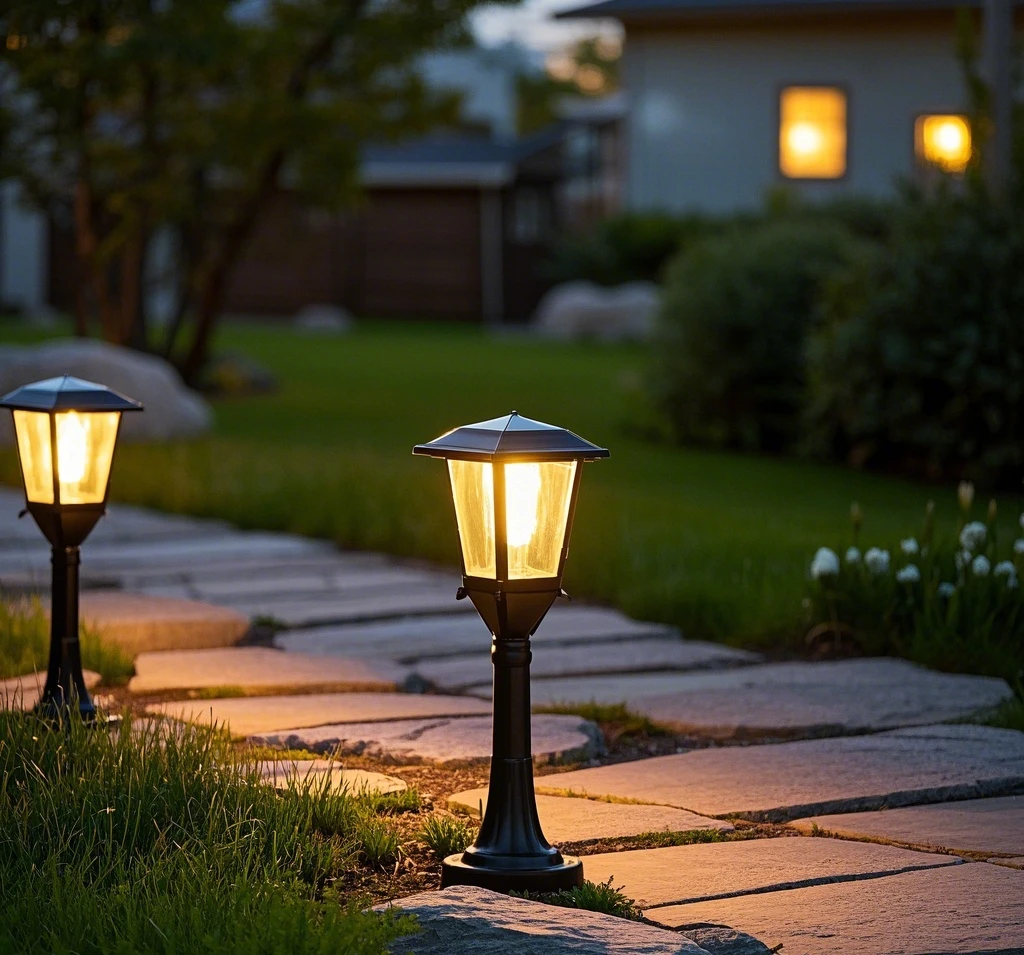Picture a quiet evening at home. The sun dips below the horizon, and your sidewalk lights blink on, guiding the way with a soft, steady glow. But as you enjoy the ambiance, a question lingers: how much is this costing you? For many homeowners relying on traditional electric lighting, the answer is more than they’d like to admit. Solar sidewalk lights offer a compelling alternative—a way to illuminate your outdoor spaces while trimming expenses. Far from a gimmick, these sun-powered fixtures deliver tangible financial advantages through energy savings, reduced maintenance, and even potential incentives. Let’s explore why making the switch could be one of the smartest moves for your wallet.

The Cost Equation: Solar vs. Traditional Lighting
When weighing outdoor lighting options, money often tips the scales. Solar sidewalk lights and their traditional counterparts present a classic case of short-term spending versus long-term gains.
Upfront Investment
Solar lights typically carry a higher initial price tag. A reliable solar unit might set you back $20 to $50, while a basic electric light could cost as little as $10. But the equation shifts when you account for installation. Traditional lights often demand wiring, which can mean digging trenches, laying cables, and hiring an electrician—expenses that quickly climb into the hundreds. Solar lights sidestep this entirely. With no need for electrical hookups, they’re ready to go with a simple stake into the ground. That ease translates to immediate savings, especially for larger setups where installation costs balloon.
The Payoff Over Time
The real financial magic happens after installation. Traditional lights draw power from the grid, racking up electricity costs night after night. The U.S. Department of Energy estimates that the average household spends around $200 annually on outdoor lighting. Solar lights, fueled by daylight, eliminate that expense entirely. They’re not just a one-time purchase—they’re a long-term investment in free energy. And with durable designs that resist weather and wear, they sidestep the recurring costs of bulb replacements or wiring repairs that plague traditional setups. Over years, those savings compound, turning an upfront splurge into a financial win.
Slashing Your Energy Bills
Energy costs are where solar sidewalk lights truly shine. Consider a typical electric light: at 10 watts, running 8 hours a night, it consumes 80 watt-hours daily. Over a year, that’s about 29 kilowatt-hours per light. With electricity averaging $0.13 per kilowatt-hour nationwide, per the U.S. Energy Information Administration, you’re spending $3.77 annually per light. For a row of 10, that’s $37.70 a year—or $377 over a decade. Solar lights? They cost nothing to run. Zero watts from the grid, zero dollars on your bill.
The benefits deepen with efficiency. Many solar lights use LED technology, which sips power compared to traditional bulbs, stretching their solar charge further. And as electricity rates creep up—projected to rise about 2% annually by the EIA—solar users remain untouched. It’s a hedge against inflation, locking in your lighting costs at nothing while traditional users watch expenses climb.

Low Maintenance, High Durability
Solar sidewalk lights aren’t just cost-cutters on energy—they’re built to last with minimal fuss. Constructed from weatherproof materials, they stand up to rain, snow, and scorching sun. Their LED bulbs boast lifespans of up to 50,000 hours—over 15 years of nightly use—compared to the 1,000 hours of a typical incandescent bulb, which might need replacing every few months. That durability slashes maintenance costs to near zero.
Traditional lights, by contrast, are a maintenance magnet. Bulbs burn out, wires fray, and weather takes its toll, demanding time and money to keep them glowing. Solar lights often come with warranties—some stretching five years—offering extra assurance without extra expense. It’s a set-it-and-forget-it solution that keeps your budget intact.
Green Lighting: Environmental and Financial Perks
Switching to solar doesn’t just pad your savings—it aligns with a broader push for sustainability that can pay dividends. By reducing reliance on grid power, often sourced from fossil fuels, solar lights shrink your carbon footprint. The Environmental Protection Agency notes that the average U.S. household generates 14,000 pounds of CO2 yearly from electricity. Outdoor lighting is a small but meaningful piece of that puzzle, and solar cuts it out entirely.
Governments and utilities sweeten the deal with incentives. In states like California, programs like the Self-Generation Incentive Program offer rebates for solar adoption, sometimes applicable to lighting projects. Even where direct rebates don’t apply, energy-efficient upgrades can qualify for federal tax credits, indirectly offsetting costs. These perks vary by location, but they underscore a key point: going green can mean more green in your pocket.
Real-World Savings: A Closer Look
Imagine Jane, a homeowner tired of watching her electric bill tick up. She swaps out 12 traditional sidewalk lights for solar ones at $25 each, totaling $300. Installation takes an afternoon, no electrician required. Her old lights cost $45 a year in energy—$3.75 per light at current rates. With solar, that drops to zero. Better yet, her utility offers a $50 rebate for energy-efficient upgrades, bringing her net cost to $250.
The breakeven point comes fast. Dividing $250 by $45, Jane recoups her investment in just over five years. But the lights keep shining, rated for 10-15 years. Post-payback, she saves $45 annually—$225 over the next five years, and potentially double that over the full lifespan. If she sells her home, those solar lights could boost its appeal; studies from the National Association of Realtors suggest energy-efficient features lift sale prices by 2-4%. It’s a practical example of how solar turns a modest outlay into lasting returns.
Conclusion
Solar sidewalk lights prove that smart spending doesn’t stop at the purchase. They trim energy bills to nothing, cut maintenance to a whisper, and tap into environmental benefits that can yield financial rewards. Whether lining a walkway or framing a garden, they deliver illumination without the ongoing drain of traditional lighting. The numbers add up, the logic holds, and the choice is clear: switch to solar, and let the sun light your way to savings. Your evenings will be brighter—and your wallet fuller—for it.

Comments